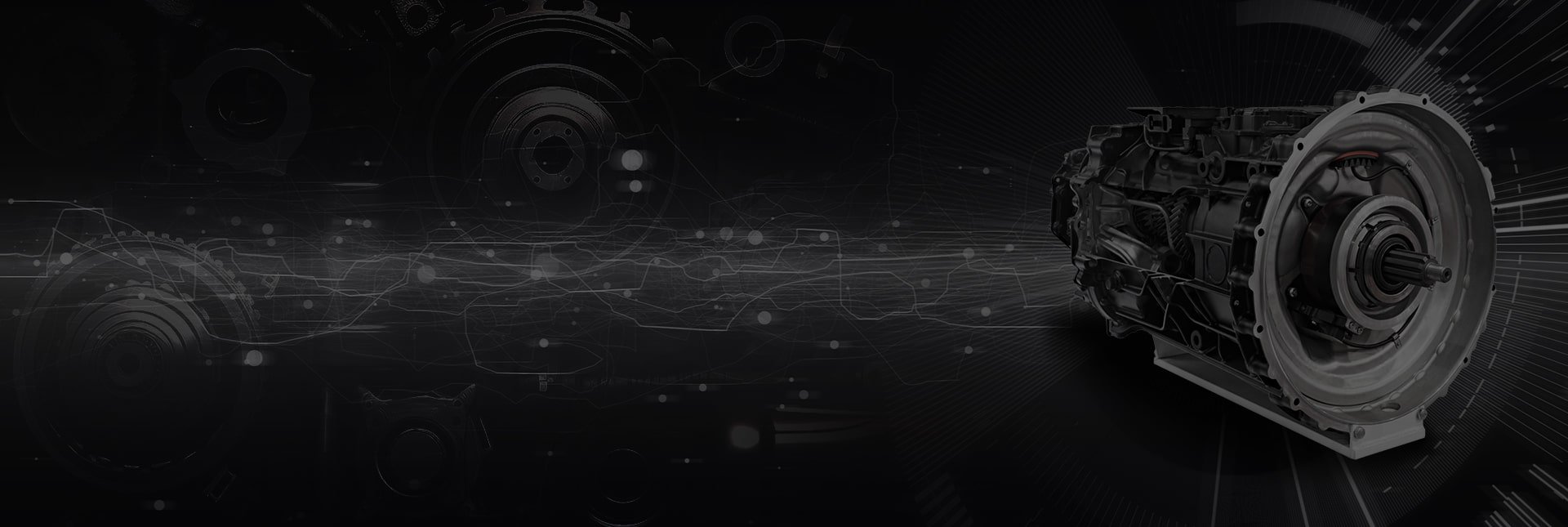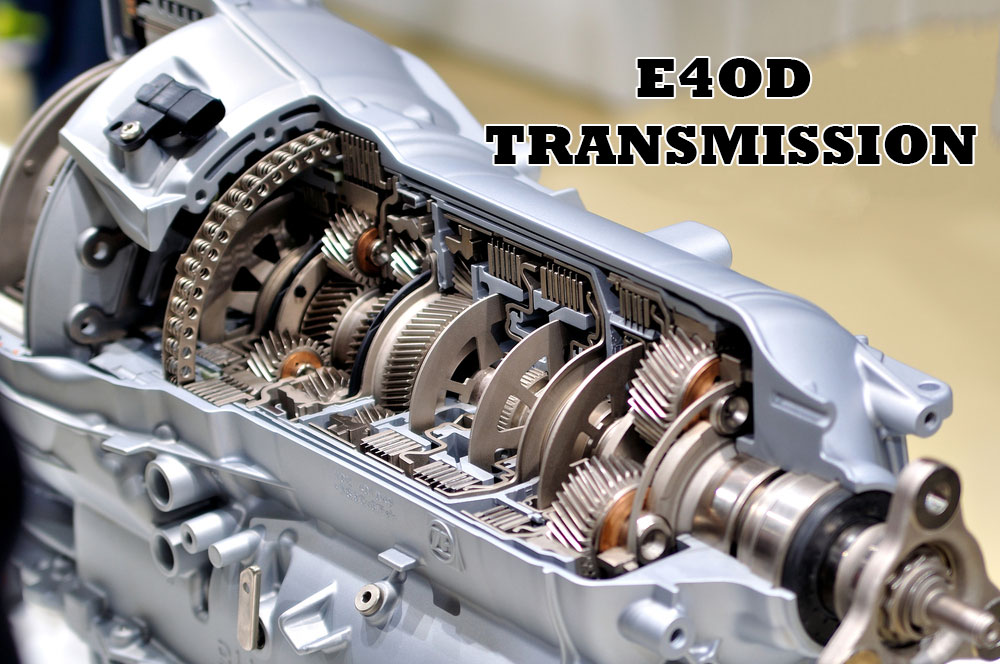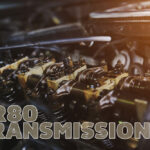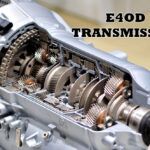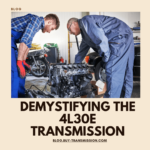Enhancing Vehicle Performance E40D Transmission Maintenance Handbook
Your vehicle’s E40D Transmission is a critical component that ensures the smooth operation of your car, However, understanding its intricacies can often feel like navigating a complex labyrinth.
The E40D transmission is a popular choice for many vehicles among the various transmission types. In this comprehensive guide, we aim to demystify the E40D transmission, We’ll provide you with a clear understanding of its fundamental components, operational principles, common issues, and essential maintenance practices.
Whether you’re a passionate car enthusiast or simply curious about your vehicle’s inner workings, this article is your key to unlocking the secrets of the E40D transmission.
Decoding the E40D Transmission: An Overview
The E40D transmission occupies a prominent position in the realm of automotive engineering, earning admiration from both enthusiasts and seasoned mechanics alike. Originating from the esteemed Ford Motor Company, this transmission first made its debut in the latter part of the 1980s and continued to be a pivotal player in the industry until the close of the 1990s. Additionally, its principal application was found in larger vehicles, specifically trucks and SUVs, In this capacity, it served as an exemplar of dependability and a formidable powertrain solution.
A. **Decoding Introduction**
– Overview of the E40D Transmission
– Significance of Electronic Control
– Key Features and Benefits
B. **Adaptive Performance**
– Sensors and Solenoids for Dynamic Shifting
– Tailored Performance for Different Driving Conditions
– Peak Efficiency and Performance Optimization
C. **Strength and Durability**
– Handling High Torque and Power
– Ideal for Towing and Heavy Loads
– Construction and Components
D. **Common Issues and Solutions**
– Wear and Faults in Key Components
– Transmission Problems Over Time
– Maintenance and Servicing for Longevity
E. **Comprehensive Guide**
– Delving Deeper into E40D Transmission
– Tips for Maintenance and Troubleshooting
– Serving Enthusiasts and Vehicle Owners
This guide provides a detailed exploration of the E40D transmission, its advanced features, and its practical applications. Whether you’re passionate about automobiles or a proud owner of a vehicle equipped with this transmission, this comprehensive resource aims to demystify the E40D and equip you with valuable knowledge for optimal performance and longevity.
Exploring E40D Transmission Components and Functions
1. To truly grasp the E40D transmission’s inner workings, unravel its intricate components and functions. This knowledge empowers vehicle owners to make informed maintenance decisions.
2. The E40D transmission is a complex system where multiple components work in harmony, ensuring efficient power transfer from the engine to the wheels. Understanding these components is key to comprehending its functionality.
3. Key component: the torque converter. It acts as a fluid coupling between the engine and transmission, enabling the engine to run at a standstill and enhancing acceleration.
4. Another vital part: is the valve body. It serves as the transmission’s control center, directing hydraulic pressure for precise gear engagement, timing shifts, and ensuring smooth gear changes.
5. Clutch packs and bands are also integral. They engage and disengage gears, transferring power and torque at various ratios, optimizing performance across different driving conditions.
6. The transmission pump plays a pivotal role in maintaining hydraulic pressure, circulating fluid for lubrication, cooling, and hydraulic function.
7. This understanding forms a strong foundation for troubleshooting, diagnosis, and informed decisions on maintenance, repairs, or upgrades to enhance performance and longevity.
8. By unraveling the complexities of the E40D transmission and gaining a comprehensive understanding of its components and functions, you can demystify this crucial vehicle system, ensuring its optimal performance for years to come.
Signs of Transmission Problems
The E40D transmission, known for durability and performance, has common issues all owners should be aware of.
Torque converter failure leads to slipping or shuddering during acceleration and can result from various factors.
Valve body failure causes erratic shifting and can lead to complete transmission failure if not addressed.
Overheating sensitivity can result in slipping gears and rough shifting, but it can be mitigated with proper measures.
Electrical problems, from sensors to wiring, can disrupt transmission function, causing erratic shifting or getting stuck in a gear.
Regular maintenance and proactive care can prevent or resolve many E40D transmission problems, extending its lifespan and keeping your vehicle running smoothly.
Diagnostic Clues for Transmission Problems
1. Recognizing Transmission Trouble
– Early Signs of E40D Transmission Trouble
– Listening to Your E40D Transmission: Unusual Noises
2. Common Symptoms of a Failing E40D Transmission
– Slipping Gears in Your E40D Transmission
– Delayed Engagement in Your E40D Transmission
– Overheating in Your E40D Transmission
– Listening to Your E40D Transmission: Loss of Power
3. Seeking Professional Assistance
– When to Consult a Qualified Mechanic
– Benefits of Professional Diagnosis
– Ensuring the Longevity of Your E40D Transmission
Visual Inspection of External Components
Begin your diagnostic process by thoroughly examining the external components of the E40D transmission. This visual inspection can reveal crucial clues about the transmission’s condition and potential problems.
Leakage Check: Look for any signs of fluid leakage around the transmission housing. Transmission fluid leaks can indicate damaged seals, gaskets, or loose connections. Addressing these issues promptly can prevent further damage and fluid loss.
Wiring and Connections: Inspect the wiring harness and electrical connectors associated with the transmission. Loose or damaged wires can lead to electrical problems that affect transmission performance. Ensure all connections are secure and free from damage.
Bolt Tightness: Check for any loose bolts or fasteners securing the transmission to the vehicle’s frame or engine. Loose bolts can result in misalignment or vibrations, affecting the transmission’s operation. Tighten any loose bolts to the manufacturer’s specifications.
External Damage: Examine the external surface of the transmission for any visible damage, such as dents, cracks, or signs of impact. External damage can be an indicator of internal problems or prior accidents that may have affected the transmission.
A meticulous visual inspection of these external components is an essential first step in diagnosing E40D transmission issues. It provides valuable information that can guide your troubleshooting process and help you determine whether further diagnostic steps are necessary.
Avoiding Overloading and Excessive Towing.
- Regular Fluid Checks: The transmission fluid is the lifeblood of your E40D transmission. It lubricates the moving parts, cools the transmission, and helps with smooth shifting. Regularly check the fluid level and quality to ensure it is at the correct level and free from contaminants. If the fluid appears dirty or has a burnt smell, it may be time for a fluid change.
- Follow the Manufacturer’s Maintenance Schedule: The manufacturer provides guidelines for routine maintenance, including transmission service intervals. Adhering to these recommendations is essential for preventing potential issues and avoiding costly repairs. Regularly inspecting and replacing worn-out parts like filters, gaskets, and seals can help prevent damage to the transmission.
- Avoid Overloading and Towing Beyond Capacity: The E40D transmission is designed to handle a certain amount of weight and stress. Exceeding the recommended towing capacity or consistently overloading your vehicle can put unnecessary strain on the transmission, leading to premature wear and potential failure. Always consult your vehicle’s manual for the recommended towing and payload limits.
- Warm-up Your Vehicle Before Driving: Give your vehicle a few minutes to warm up before driving, especially in colder temperatures. This allows the transmission fluid to circulate and reach optimal operating temperature, ensuring smooth and efficient performance. Avoid revving the engine or driving at high speeds immediately after starting the vehicle.
- Be Mindful of Driving Habits: Your driving habits play a significant role in the health of your transmission. Avoid sudden acceleration, excessive idling, and aggressive shifting between gears. Smooth, gradual acceleration and deceleration can help reduce strain on the transmission, promoting its longevity.
Evaluating the Pros and Cons of Rebuilding the E40D Transmission
Rebuilding the E40D Transmission
- Rebuilding the E40D transmission involves disassembling, inspecting, and replacing worn or damaged components while retaining the original transmission housing and core. Here are some considerations for choosing this option:
- Cost-Effective: Rebuilding is often more cost-effective than a complete replacement, as it allows you to salvage some of the existing components.
- Preservation of Original Transmission: If you have a sentimental attachment to your vehicle or prefer to maintain its originality, rebuilding can help retain the same transmission unit.
- Customization: During the rebuilding process, you can opt for performance upgrades and modifications, tailoring the transmission to your specific needs, such as towing or enhanced durability.
- Professional Expertise: A skilled transmission specialist can address specific issues and ensure that the rebuilt transmission meets or exceeds OEM (Original Equipment Manufacturer) standards.
- Environmental Considerations: Rebuilding is generally more environmentally friendly as it reduces waste associated with disposing of the entire transmission.
Replacing the E40D Transmission
- Replacing the E40D transmission involves removing the existing unit and installing a new or remanufactured transmission. Here are factors to consider when opting for a replacement:
- Guaranteed Performance: Replacing the transmission provides the assurance of a new or remanufactured unit that comes with warranties, reducing the risk of future transmission-related problems.
- Time Efficiency: Replacing the transmission is often quicker than rebuilding, making it a practical choice if you need your vehicle back on the road promptly.
- Modern Features: A replacement transmission may offer updated features and improvements over the original unit, potentially enhancing the vehicle’s overall performance and fuel efficiency.
- Limited Salvage: If the original transmission is severely damaged or beyond repair, replacement becomes the only viable option.
- Resale Value: A vehicle with a replaced transmission may have a higher resale value compared to one with a rebuilt transmission, especially if the replacement unit is from a reputable source.
Ultimately, the decision to rebuild or replace the E40D transmission should be based on a careful assessment of your vehicle’s condition, budget constraints, performance goals, and personal preferences. Consulting with a qualified transmission specialist can provide valuable insights and guidance, helping you make the best choice to ensure the longevity and reliability of your vehicle.
Your Vehicle, Your Choice: Closing Thoughts on Costs
In conclusion, the decision to repair or replace your E40D transmission is a significant one, influenced by factors like the extent of damage, budget constraints, and your long-term goals for your vehicle’s performance. Understanding the cost considerations, as well as seeking multiple quotes from reputable service providers, is crucial in making an informed choice. Remember that a well-maintained transmission not only ensures your vehicle’s reliability but also contributes to a smoother and safer driving experience. Whether you opt for a rebuild, replacement, or another solution entirely, prioritizing the health of your E40D transmission is a wise investment in the longevity of your vehicle.


